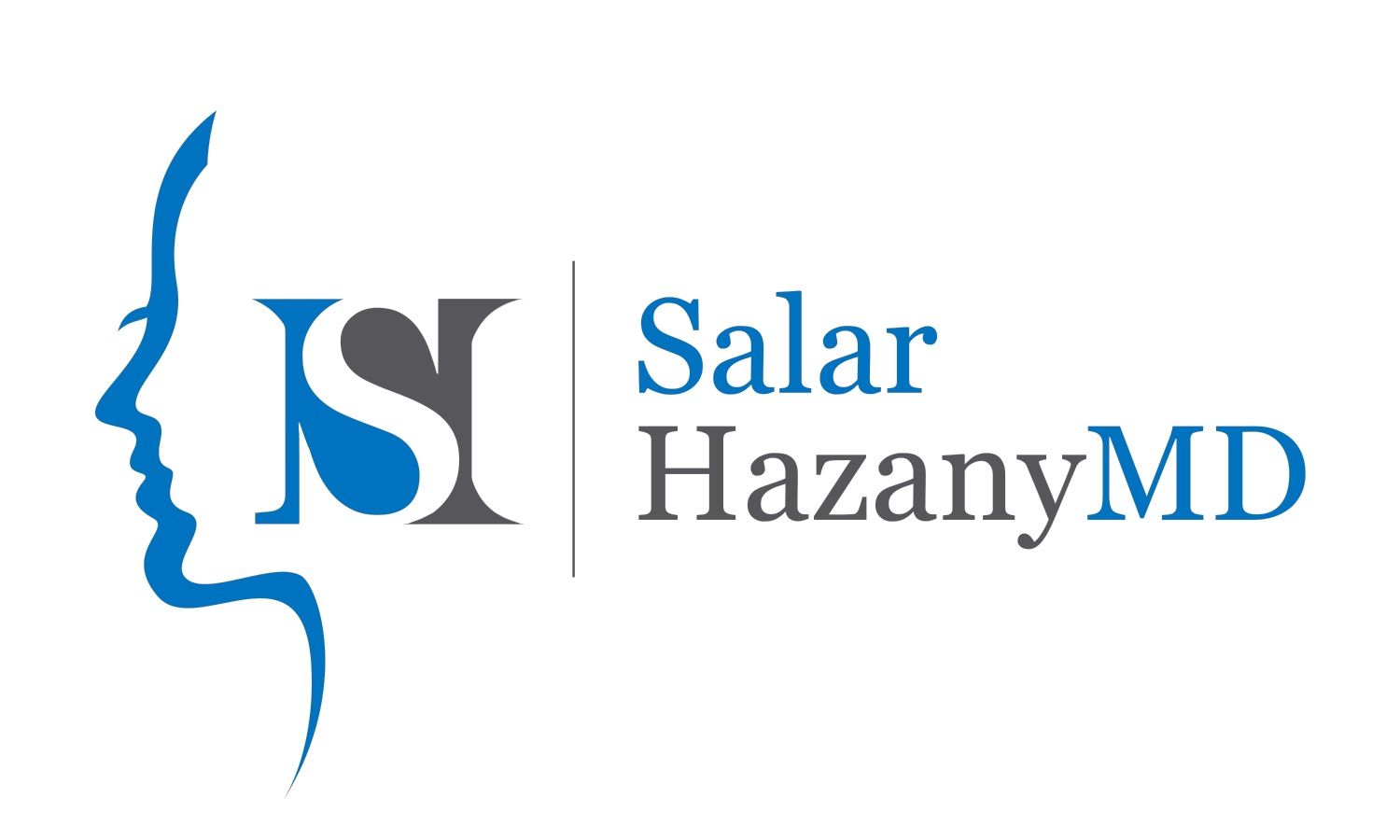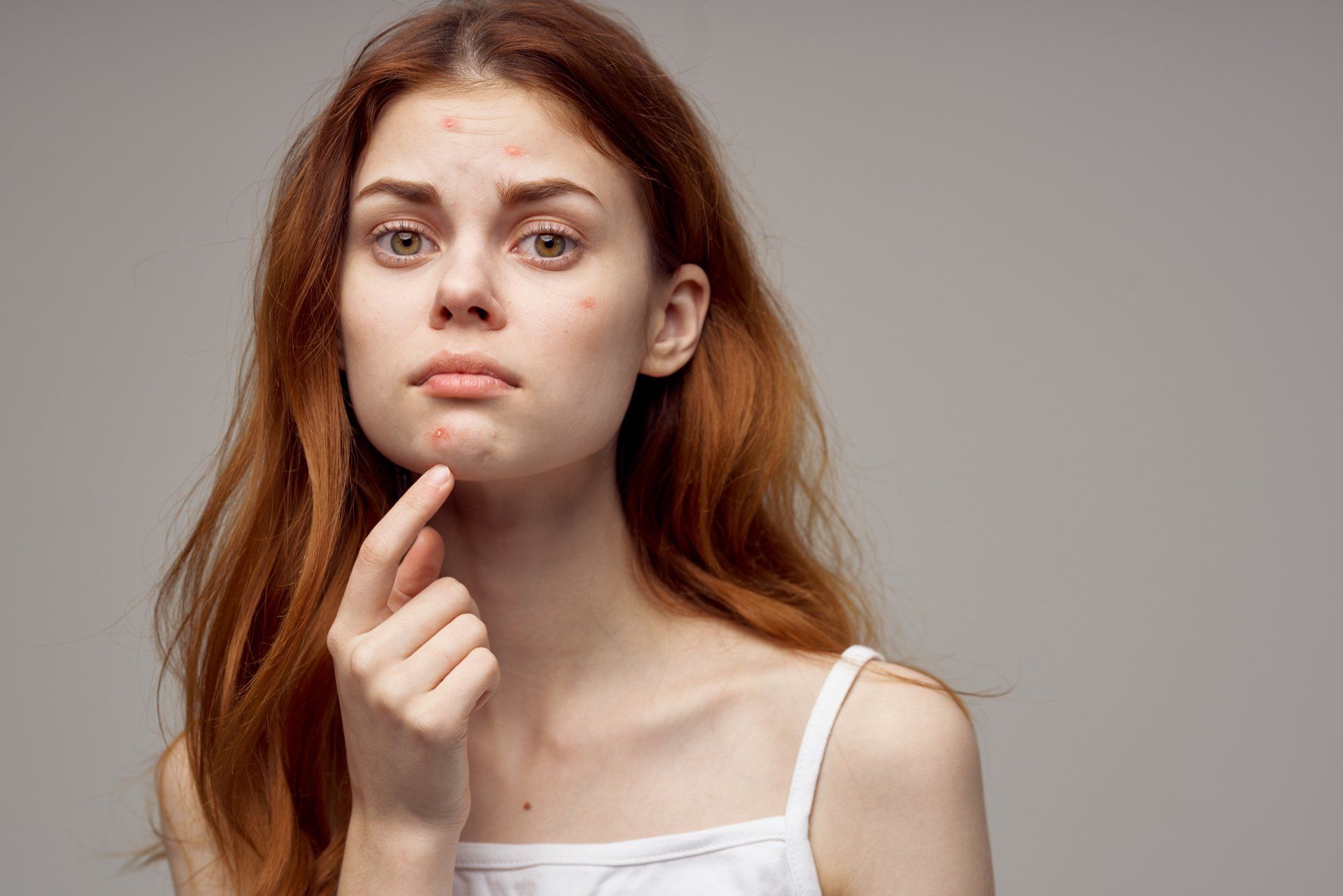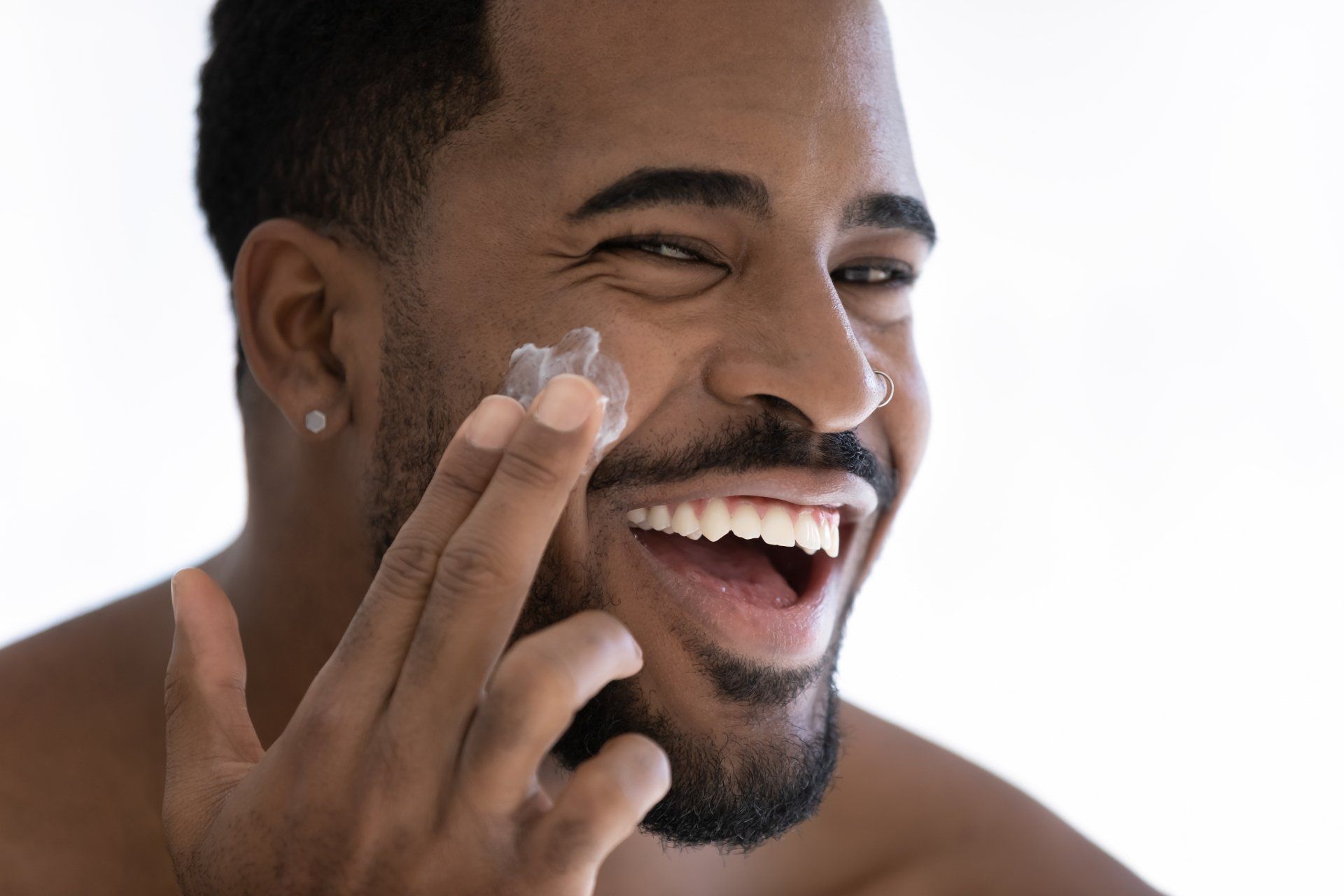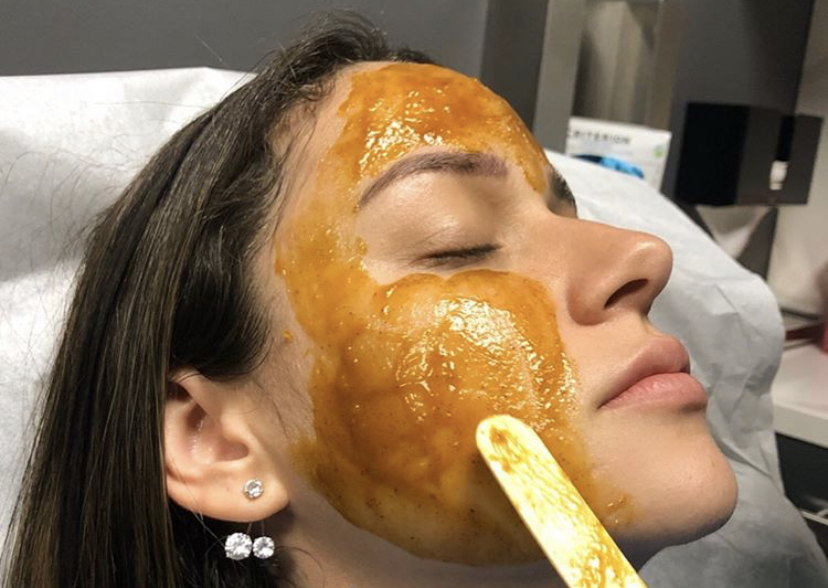Comedonal acne develops when excess oil, dead skin, and debris clogs your pores. Comedonal acne is a light or mild form of acne that is either open (i.e., a blackhead) or closed by a thin layer of skin (i.e., a whitehead). Blackheads typically have a darker appearance due to oxygen exposure. Topical spot treatments are effective for comedonal acne. However, comedonal acne that penetrates the skin more deeply might require extraction or another minimally invasive treatment.
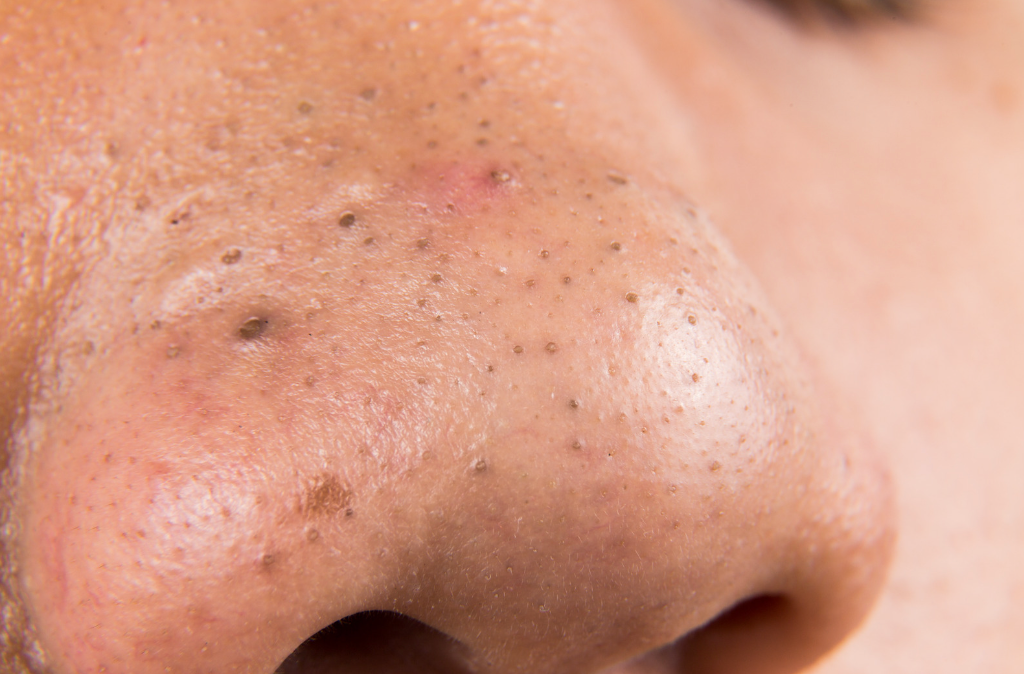
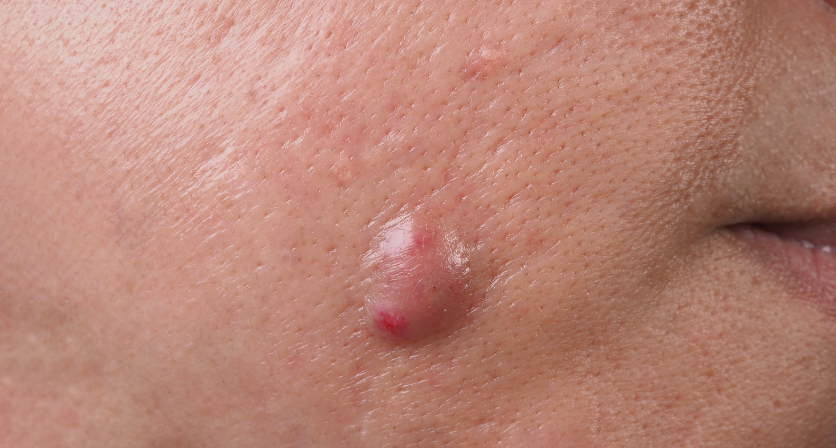
Bacteria in the contents of a clogged pore trigger an immune response and causes inflammatory acne. Inflammatory acne is mild to severe. There are two main types of inflammatory acne: pustules and papules. Pustules are red, pus-filled bumps that have a white head. Papules are red bumps that do not have a white head. Common treatments include antibiotics, topical creams, oral medications, and minimally invasive surgery for more persistent inflammatory acne.
Nodulocystic acne is a more severe type of inflammatory acne that develops in the deeper layers of skin, presenting a risk for scarring and skin discoloration. Therefore, nodulocystic acne often requires expert treatment. Nodulocystic acne treatment might include topical medications, oral medications, extraction, laser treatment, or other treatments. There are two types of nodulocystic acne: cystic acne and nodular acne.
Cystic acne appears as large, pus-filled lesions that look like pustules. Cystic acne, like pustules, forms a white head. Unlike pustules, cystic lesions are larger and more painful. Nodular acne lesions do not form a white head. Nodular acne forms when debris clogs and irritates skin pores in the deeper layers of the skin. Sometimes, hair follicle walls rupture, allowing debris to contaminate the skin pore, prompting an inflammatory response, and subsequently creating acne nodules.
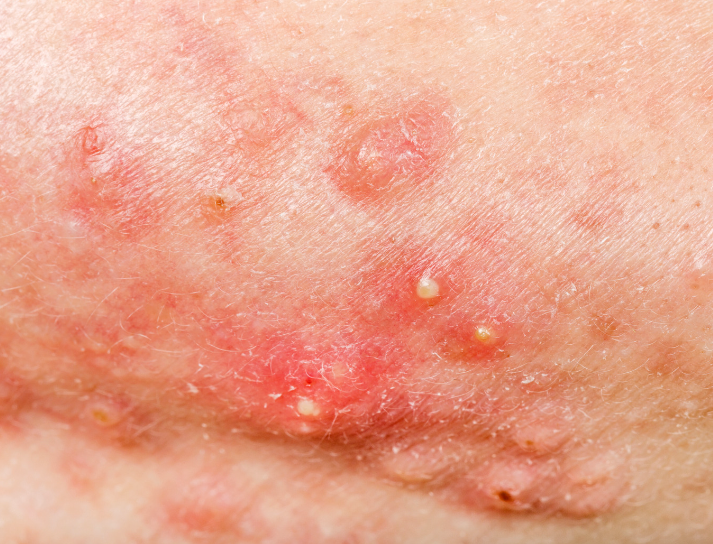
What is Back Acne or "Bacne"?
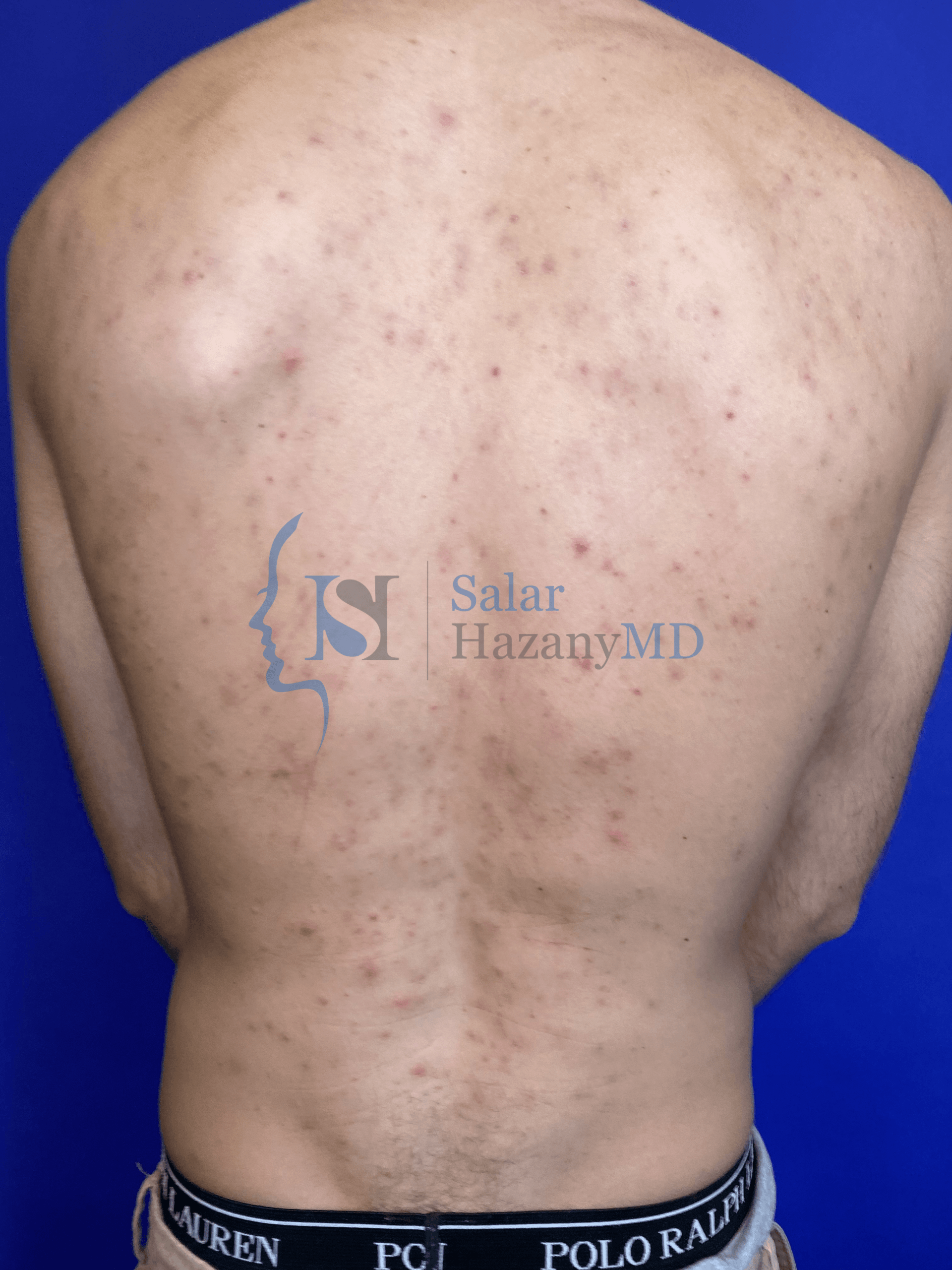
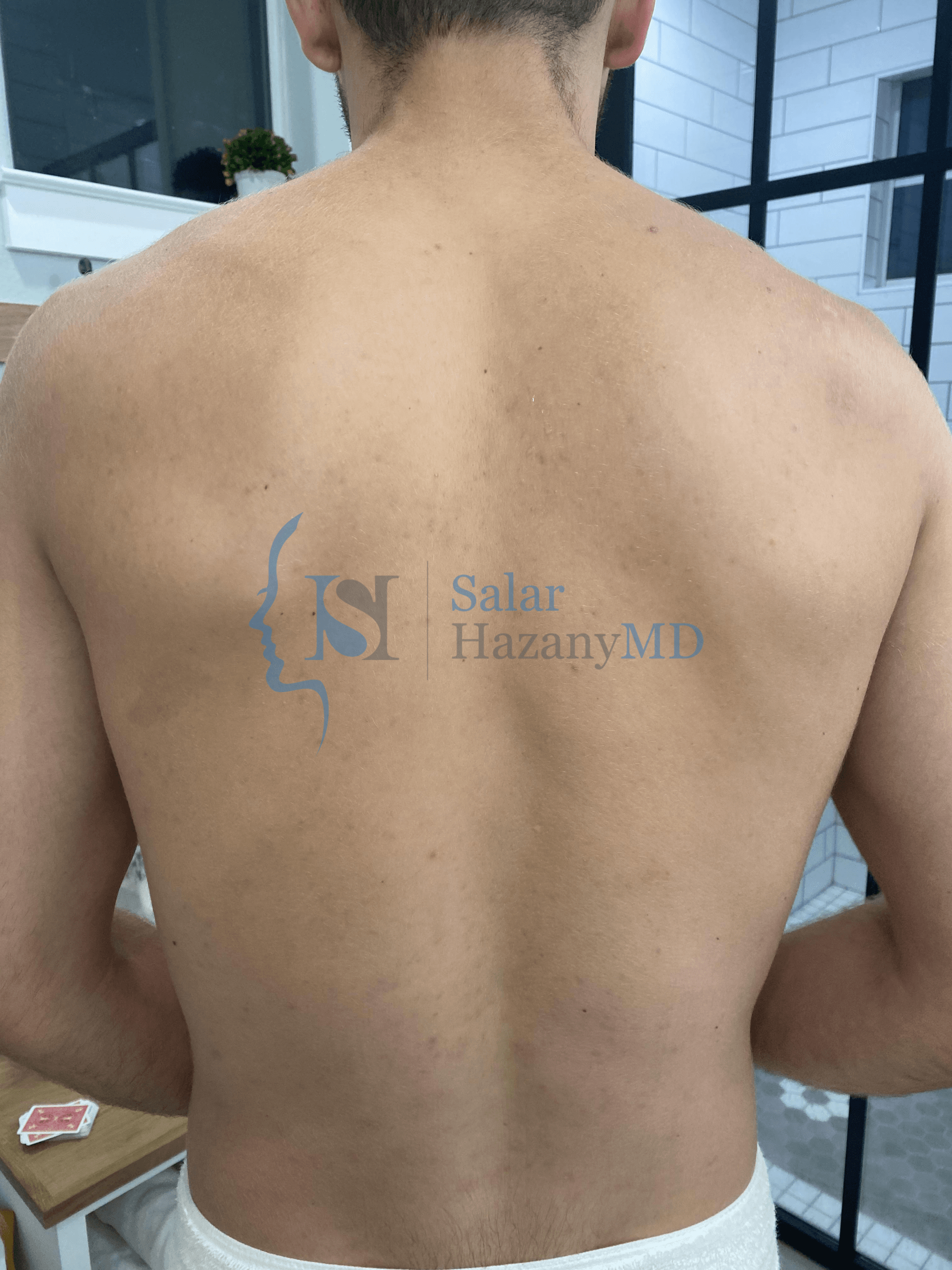
Back acne, colloquially known as "bacne," refers to the development of comedonal acne, inflammatory acne, or nodulocystic acne on one's back.
Because the skin on the back has physiological differences compared to skin on the face, including thickness and sebum production rates, it is important to have a customized treatment plan for your bacne. Dr. Hazany is an expert in acne treatments on the back and can help you achieve clear skin.
